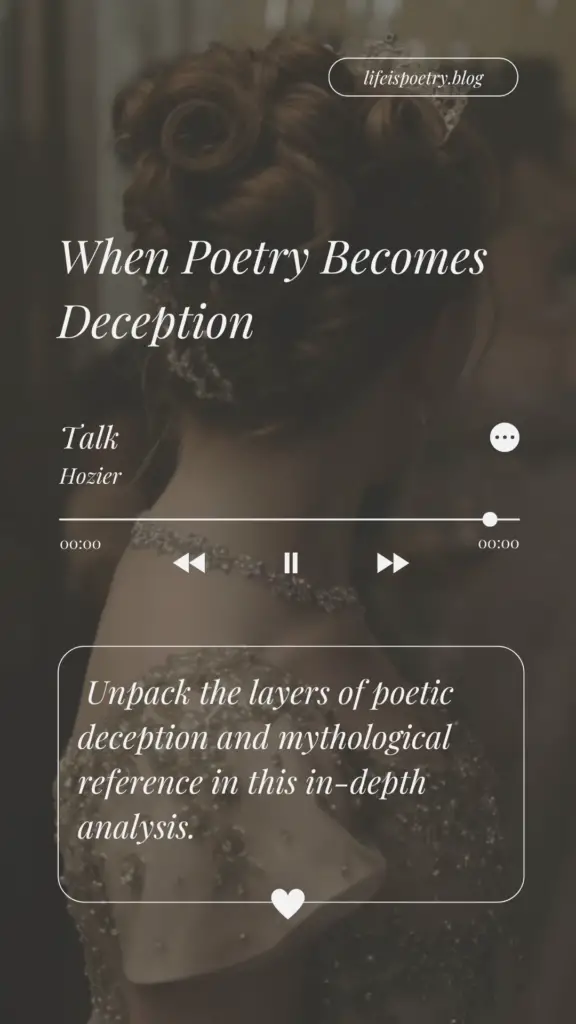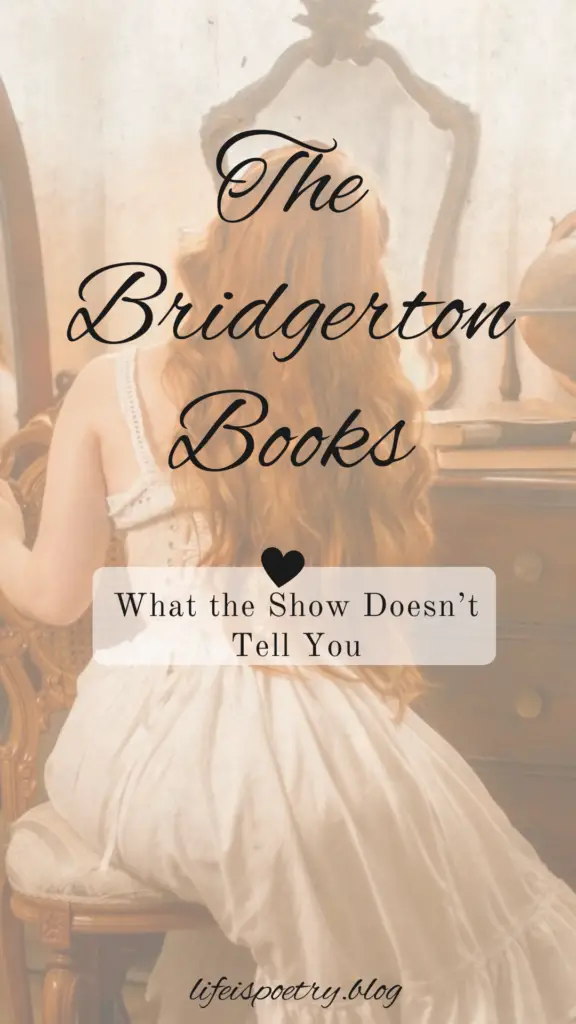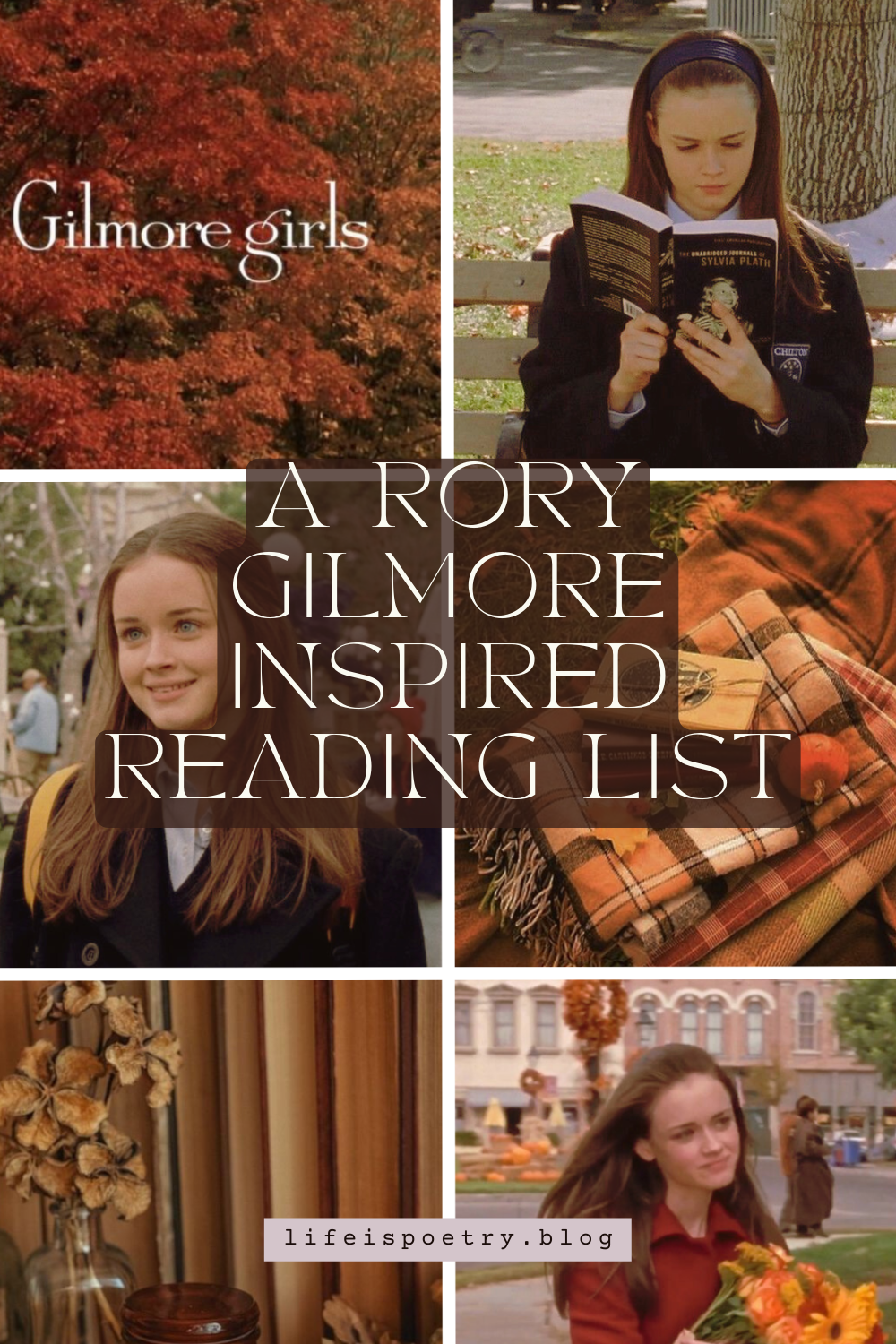A Reader’s Guide to Time-Traveling and Cultural Explorations
In the enchanting realm of literature, every book is a passport, and each page is a ticket to a different era or culture.
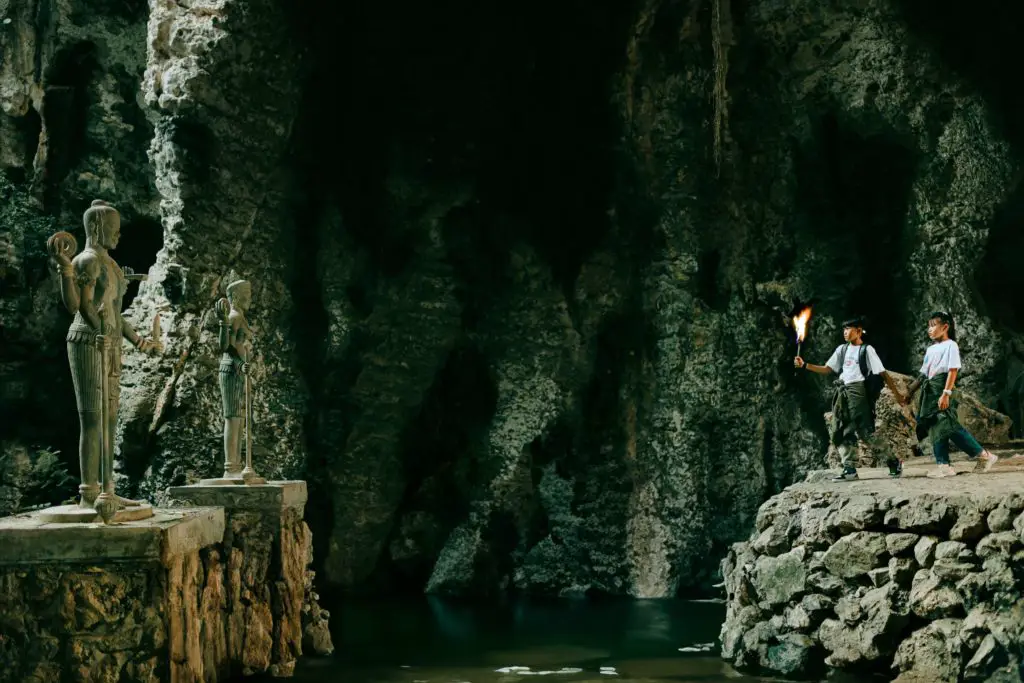
As George Eliot once said, “Travel far, pay no fare,” and what better way to embark on this adventure than through the captivating pages of a good book?
As someone who cherishes the magic of storytelling, I find immense joy in the ability of books to whisk us away to bygone times and unfamiliar lands. Today, we’re setting sail on a literary odyssey, navigating the seas of historical epochs and diverse cultures through the artistry of words.
Why this exploration, you ask? Because in the tapestry of human stories, each thread represents a unique experience, a glimpse into the lives of those who came before us or inhabit worlds beyond our own.
Get ready to traverse the elegance of Victorian society, revel in the art and passion of Renaissance Italy, decipher mysteries in different historical settings, and even immerse yourself in the mythical landscapes of ancient civilizations. These books are like time machines, and with each turn of the page, we’ll unlock a new door to another time, another place.
So, grab your literary passport, and let’s dive into the magic of these captivating stories.
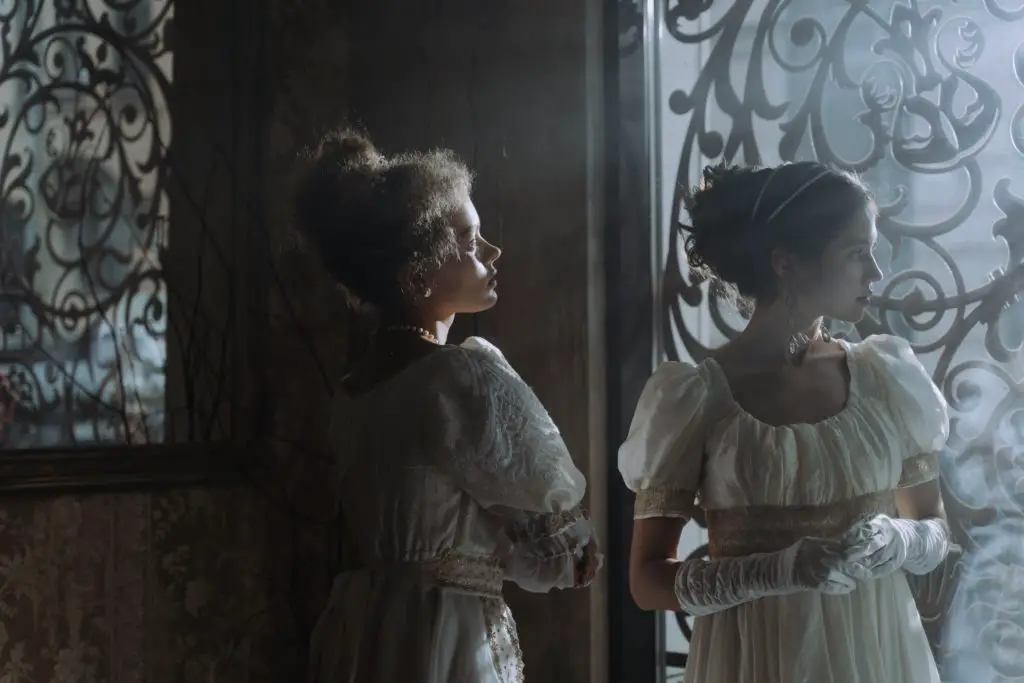
Victorian Elegance
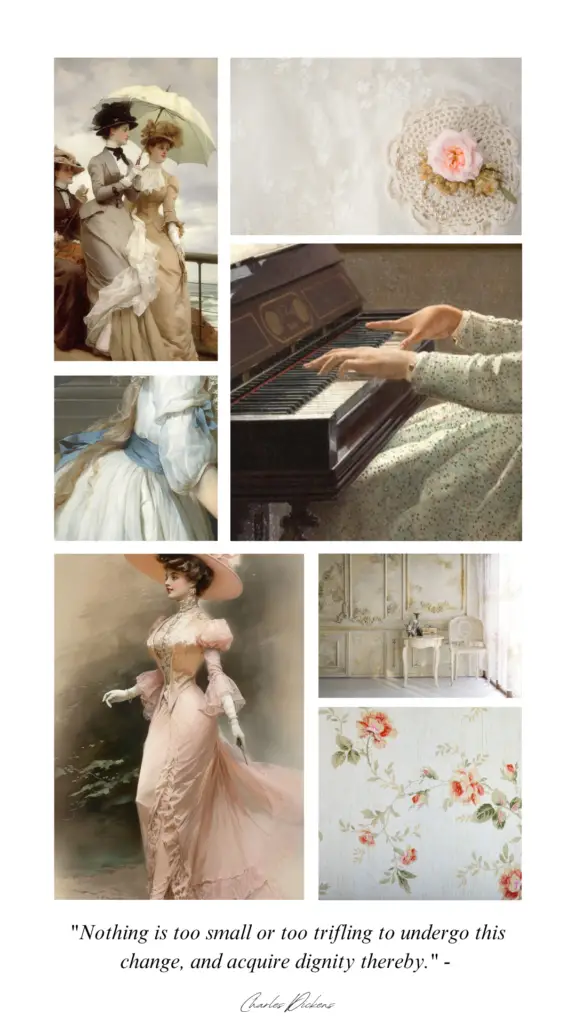
Welcome to an era where corsets were laced tightly, teatime was a sacred ritual, and societal complexities danced beneath layers of elaborate ballgowns. As we turn the pages, we find ourselves immersed in the elegance and decadence of the Victorian era, a time when manners were as intricate as the lace adorning a lady’s collar.
In this section, we’ll traverse through novels that capture the essence of Victorian society—the allure, the secrets, and the shadowy corners where morality meets art. Join me as we explore masterpieces that transport us to drawing rooms filled with whispered conversations, London streets bustling with carriages, and the profound emotional landscapes that hide behind the polished façade of the Victorian world.
“The Picture of Dorian Gray” by Oscar Wilde
Our journey begins with the exquisite decadence of Oscar Wilde’s “The Picture of Dorian Gray.”
In this tale, Wilde unveils the darker side of Victorian society, exploring the interconnected realms of art, morality, and the haunting passage of time. As we traverse through the ornate halls of London, Wilde’s prose invites us to witness the unraveling of Dorian Gray’s soul—a young man whose portrait ages while he remains eternally youthful.
The allure of Wilde’s narrative lies in his ability to mirror the complexities hidden beneath the polished veneer of Victorian aesthetics, making this novel an unparalleled exploration of morality and the consequences of unchecked desire.
“Jane Eyre” by Charlotte Brontë
Next on our literary expedition is Charlotte Brontë’s timeless classic, “Jane Eyre.”
Brontë’s novel thrusts us into the resilient spirit of Jane, a governess navigating love and societal expectations in the stark landscape of Victorian England. With vivid descriptions of the moors and a protagonist who defies the social norms of her time, “Jane Eyre” captivates readers with its exploration of love, class, and the indomitable strength of the human spirit.
The haunting romance and the exploration of societal constraints make this novel an essential portal to the heart of Victorian literature.
“Pride and Prejudice” by Jane Austen
Our Victorian sojourn wouldn’t be complete without a visit to the world of Jane Austen’s “Pride and Prejudice.”
Step into the enchanting dance of wit and romance between Elizabeth Bennet and Mr. Darcy. Austen’s keen observation of societal nuances and her sharp, yet tender, portrayal of characters elevate this novel to an enduring masterpiece.
The witty banter, the timeless romance, and the exploration of class distinctions provide a delightful immersion into the social intricacies of the Victorian era. “Pride and Prejudice” remains a beacon of Austen’s genius, transporting readers to a world where love and societal expectations intertwine in the most enchanting dance.
These novels provide a window into the elegance of Victorian life, while also exploring the complexities that lie beneath the surface. A journey into this literary era is an invitation to unravel the societal norms and timeless themes woven into these captivating narratives. Enjoy your exploration of Victorian elegance!
Renaissance Revelry
The Renaissance, a time of flourishing art, profound intellectual pursuits, and the rebirth of cultural exploration. Our literary caravan now ventures into the rich tapestry of the Renaissance era, where art, passion, and intrigue converge to paint a vivid portrait of times long past.
Buckle up as we traverse the landscapes of Renaissance Italy and immerse ourselves in the political upheavals and artistic fervor of this unparalleled epoch. Our companions for this leg of the journey are as diverse as the period itself, offering tales that resonate with the artistry and complexity of the Renaissance.
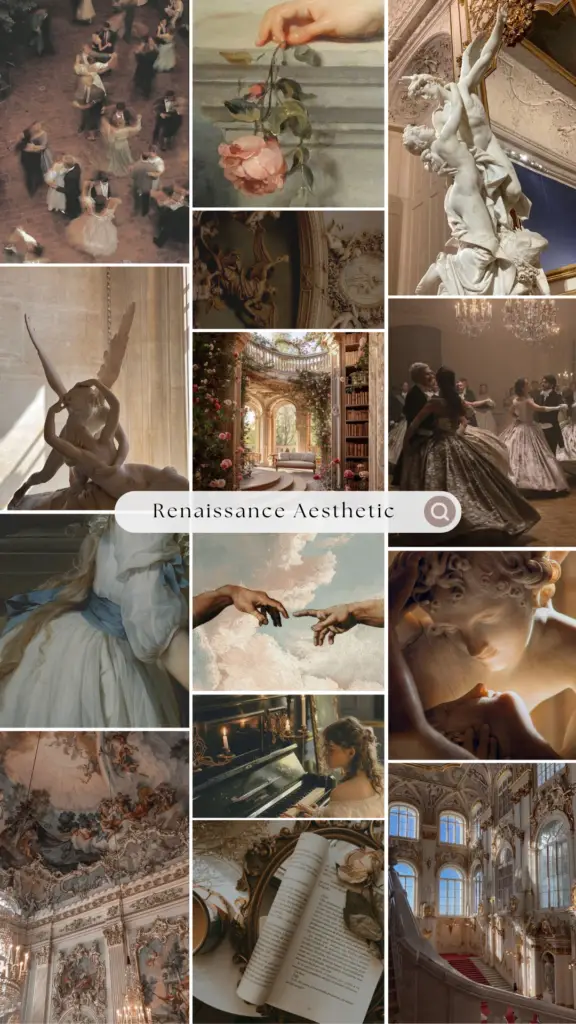
“The Birth of Venus” by Sarah Dunant
Our first stop on this Renaissance voyage unveils the art, passion, and intrigue of 15th-century Italy through the eyes of Sarah Dunant’s “The Birth of Venus.“
Published in 2003, this historical novel beautifully captures the vibrancy of 15th-century Italy. Dunant, known for her meticulous research, weaves a narrative that intertwines love, art, and societal expectations. The book garnered critical acclaim for its evocative portrayal of the Renaissance, receiving praise for its rich historical detail and compelling characters.
“The Betrothed” by Alessandro Manzoni
Alessandro Manzoni’s “The Betrothed” guides us through the intricate tapestry of Renaissance Italy. Penned between 1825 and 1827, this classic novel reflects not only the tumultuous love story of Renzo and Lucia but also the political and social upheavals of the time. Revered as one of Italy’s greatest literary works, “The Betrothed” holds a prominent place in world literature, recognized for its exploration of love, faith, and societal norms during the Renaissance.
“The Agony and the Ecstasy” by Irving Stone
Our Renaissance journey concludes with Irving Stone’s “The Agony and the Ecstasy,” a biographical novel capturing the life of Michelangelo. Published in 1961, Stone’s work is celebrated for its meticulous research and vivid portrayal of the artistic genius. The book received widespread acclaim, becoming a bestseller and solidifying Stone’s reputation as a master of historical fiction. “The Agony and the Ecstasy” remains a cornerstone in literature for its exploration of Michelangelo’s creative spirit against the backdrop of Renaissance Italy.
These Renaissance novels not only offer a captivating exploration of art, passion, and societal dynamics but also provide a vivid backdrop to an era that heralded cultural transformation.

Ancient Civilizations Odyssey
In the hallowed corridors of time, we now turn our attention to the enigmatic realms of ancient civilizations.
These literary treasures beckon us to witness the heroism, love, and tragedy woven into the tapestry of times long past. As we delve into these tales, we’ll traverse the mythical landscapes of Greece, witness the construction of cathedrals in medieval England, and explore the enchanting realms of Greek mythology.
Get ready to be transported to eras where gods and mortals mingled, political intrigue unfolded, and destinies were shaped against the backdrop of ancient splendor.
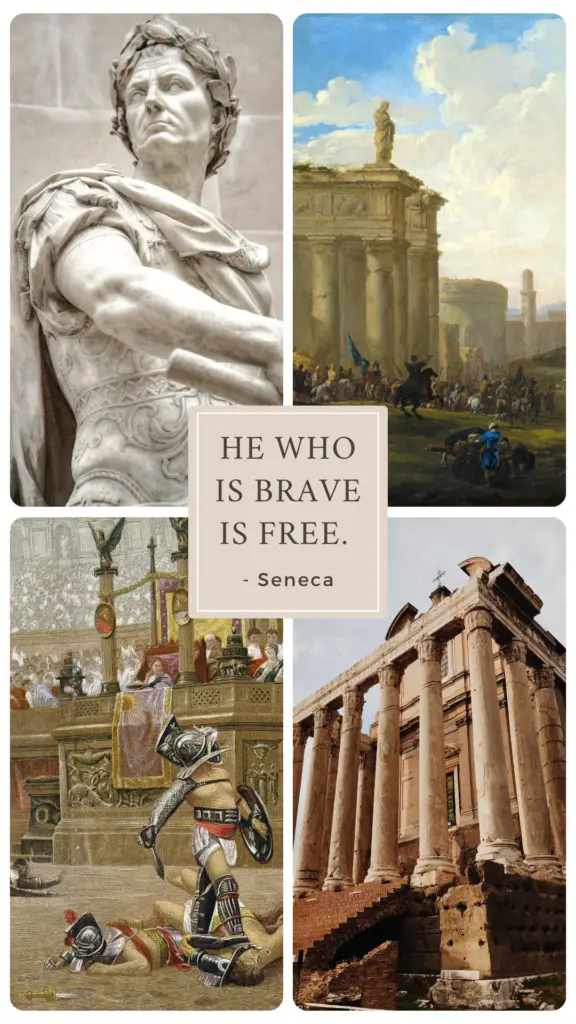
“The Song of Achilles” by Madeline Miller
Madeline Miller’s enchanting narrative invites us into the heart of Greek mythology, offering a fresh perspective on the legendary tale of Achilles and Patroclus.
Set against the backdrop of the Trojan War, Miller weaves a poignant story of heroism, love, and tragedy. Through her lyrical prose, she breathes life into the characters, making the ancient myths resonate with a timeless allure.
This isn’t just a retelling; it’s an odyssey that immerses readers in the visceral emotions of the past, capturing the essence of a mythical age.
“The Pillars of the Earth” by Ken Follett
Transporting us to 12th-century England, Ken Follett’s epic masterpiece, “The Pillars of the Earth,” unfolds against the backdrop of cathedral construction.
In this sprawling narrative, Follett skillfully intertwines the lives of a diverse cast, navigating political intrigue, personal destinies, and societal upheaval. The result is a vivid portrayal of medieval life, where the construction of towering cathedrals mirrors the aspirations and challenges of the people.
Through meticulous storytelling, Follett captures the grandeur and intricacies of a bygone era.
“Circe” by Madeline Miller
Madeline Miller once again graces our literary journey, this time inviting us into the captivating world of Greek mythology through the eyes of Circe.
The enchantress, often relegated to the sidelines in traditional myths, takes center stage in Miller’s narrative. “Circe” explores her origins, powers, and encounters with gods and mortals, presenting a fresh and feminist perspective on ancient tales.
Miller’s prose, both poetic and evocative, effortlessly transports us to a world where gods toy with mortals, and mortals, in turn, redefine their destinies. “Circe” is a spellbinding ode to a captivating era of myths and magic.
These novels transport readers to the heart of ancient civilizations, breathing life into myths and histories. Embark on this odyssey through time, where the past unfolds in mesmerizing tales of love, heroism, and self-discovery.
Mysteries of Historical Fiction
These novels are more than gripping whodunits; they are portals to bygone eras, each page layered with suspense, historical intricacies, and the allure of solving crimes in times long past.
Join us as we navigate through the winding streets of medieval monasteries, unravel conspiracies in post-war Barcelona, and solve cases in the aftermath of World War I London. These tales don’t just challenge your detective skills; they transport you to different epochs, immersing you in the mysteries of history itself.
“The Name of the Rose” by Umberto Eco
Enter the hallowed halls of a Benedictine monastery in the 14th century, where the air is thick with piety and the scent of ancient manuscripts.
In Umberto Eco’s masterpiece, “The Name of the Rose,” follow the brilliant Franciscan friar, William of Baskerville, as he investigates mysterious deaths and delves into secrets that threaten the very foundations of the church. Eco’s intricate storytelling and meticulous historical details make this not just a riveting mystery but a vivid journey into the heart of medieval Europe.
“The Shadow of the Wind” by Carlos Ruiz Zafón
Post-war Barcelona comes to life in Carlos Ruiz Zafón’s “The Shadow of the Wind.” Join Daniel Sempere, a young bookstore owner, as he unravels the mysteries surrounding a forgotten author, Julián Carax.
This literary labyrinth is not just a quest for truth but a poignant exploration of love, loss, and the enduring power of books. Zafón’s narrative prowess paints a vivid picture of a city in tumult, blending mystery and history in a tale that will keep you turning pages long into the night.
“Maisie Dobbs” by Jacqueline Winspear
Navigate the the cobblestone streets of post-World War I London with Jacqueline Winspear’s “Maisie Dobbs.”
This detective extraordinaire takes on cases with a keen intellect and an uncanny ability to unravel mysteries. Winspear seamlessly weaves historical context into her narrative, providing not just a whodunit but a window into the societal shifts and lingering scars of the Great War.
Follow Maisie as she uncovers secrets, solves cases, and navigates the complex tapestry of a city recovering from the aftermath of war.
These historical fiction mysteries not only offer gripping plots but also provide a unique lens into the historical contexts they inhabit. Immerse yourself in the intrigue of these novels and let the mysteries of the past unfold in a captivating dance of history and suspense!
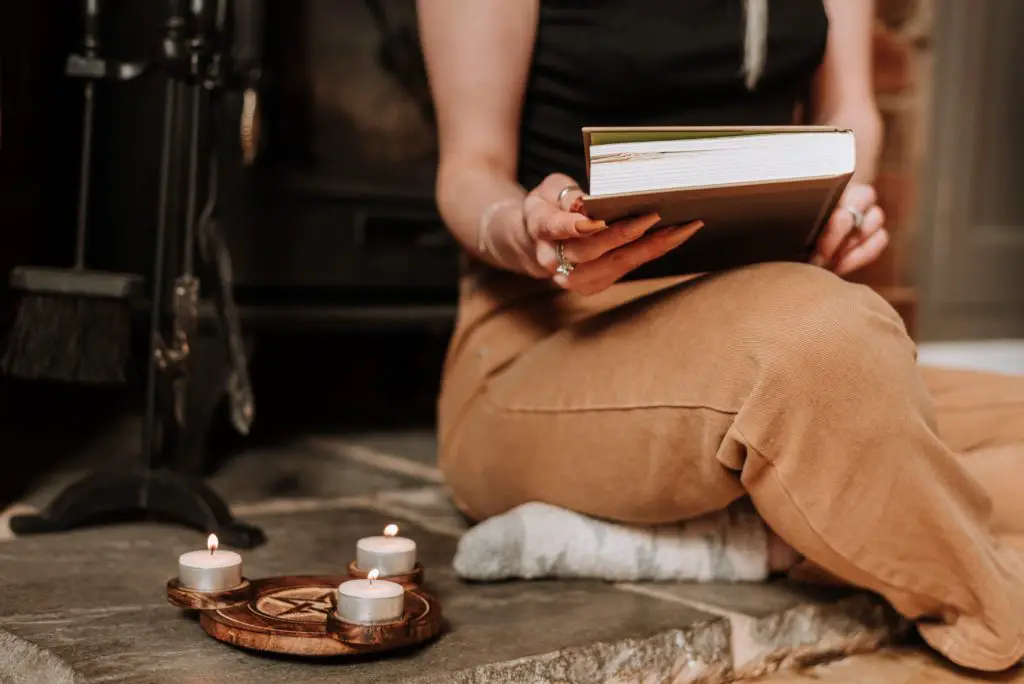
Vividness of Cultural Memoirs
Embark on an intimate journey through lives shaped by diverse experiences and perspectives.
These cultural memoirs go beyond storytelling; they offer a poignant look into the human condition, exploring themes of identity, resilience, and the intricate tapestry of shared memories. As we delve into these personal narratives, get ready to traverse landscapes marked by poverty, love, racial complexities, and the indomitable spirit of the human soul.
Each memoir is a unique lens through which we witness the vividness of cultural stories, allowing us to connect with shared humanity.
“The Glass Castle” by Jeannette Walls
Prepare to step into the unconventional and resilient world of Jeannette Walls’ childhood. In “The Glass Castle,” Walls paints a vivid picture of her upbringing marked by poverty, dysfunction, and the extraordinary determination to overcome adversity.
Through her unflinching honesty, Walls crafts a memoir that resonates with the strength of the human spirit.
“The Color of Water” by James McBride
James McBride invites readers into a thought-provoking exploration of identity and race in “The Color of Water.”
The memoir unravels McBride’s experiences as a biracial child growing up with his Jewish mother. The narrative beautifully captures the complexities of family, heritage, and the enduring quest for self-discovery.
“Born a Crime” by Trevor Noah
Laugh, learn, and gain insights into South African culture through the lens of Trevor Noah’s childhood in “Born a Crime.”
The comedian and host of “The Daily Show” reflects on his upbringing with humor and intelligence, offering a captivating perspective on race, culture, and the bonds that shape us. Noah’s memoir is a delightful and insightful exploration of his journey from apartheid-era South Africa to the global stage.
A Final Toast to Literary Adventures
From the elegance of Victorian ballrooms to the intrigue of Renaissance alleyways, the mysteries of historical fiction, and the vividness of cultural memoirs, each book served as a portal to a different time and place.
Our journey wasn’t confined by borders or timelines; it spanned the tapestry of human experience. We laughed with Trevor Noah in South Africa, navigated the political upheavals of Renaissance Italy, and pondered identity with James McBride.
Books, in their unique way, transport us. They are time machines, cultural ambassadors, and windows into worlds unknown. As we close this chapter, let’s raise a metaphorical glass to the magic of literature. May your future reading endeavors be as diverse and delightful as the ones we’ve shared.
“A great book should leave you with many experiences, and slightly exhausted at the end. You live several lives while reading.” – William Styron
Read More:
The Literary Brilliance of Hozier’s ‘Talk’
The Poetry of Possession: Analyzing Hozier’s ‘Talk’ Through a Literary Lens Photo by Alina Chernii…
Why Bridgerton Fans Need to Read the Books
Dearest Gentle Reader, if you think the Bridgerton show has revealed all the Ton’s secrets,…

